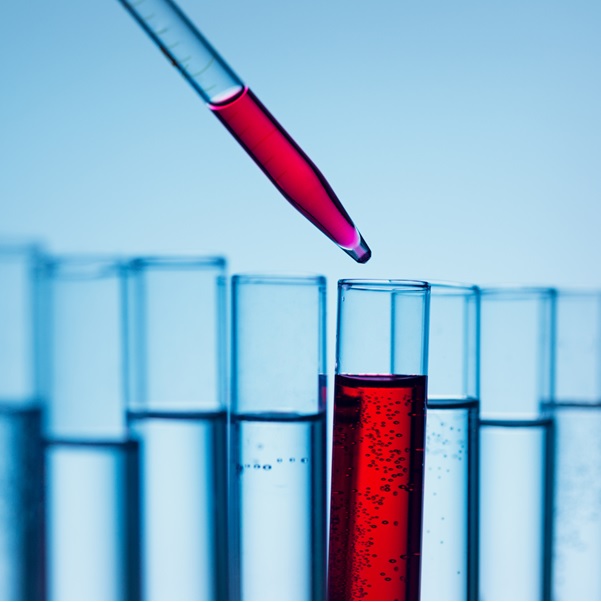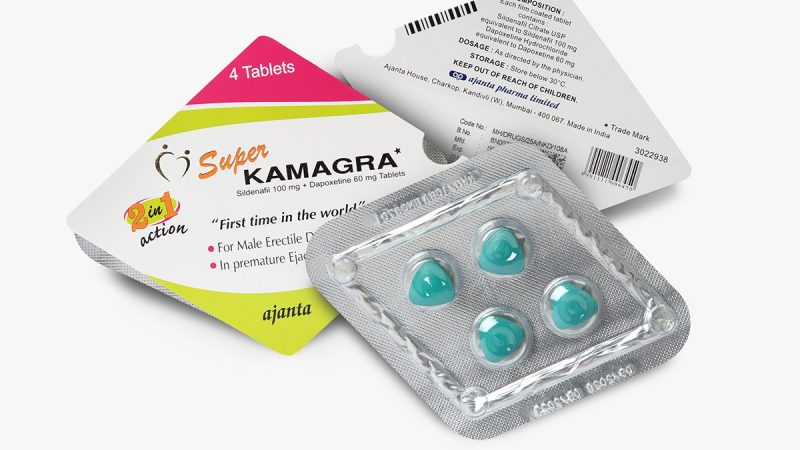5 Essential Facts You Need To Learn About Liquid Biopsy

Back when I was with my aunt for a blood test called a liquid biopsy, I remember our sullen faces after hearing the results. A liquid biopsy is a quick and painless substitute for surgical biopsies that allows medical professionals to learn a lot about a tumour from a small blood sample. However, my aunt has the chance for cancer treatments through liquid biopsy.
Having a person you love so much go through a cancer screening test or when she was doing her chemo therapies is such a heartbreaking sight. However, despite that hard truth, I find liquid biopsy the most effective treatment for a patient, as it can determine or detect signs of cancerous tumours, tumour cells and such— by looking for DNA traces of the malignancy in the patient’s blood.
The benefits of liquid biopsy include that it is non-invasive, quick, accurate, and especially real-time. Liquid biopsy offers many potential uses in the detection and treatment of cancer, including target identification, early diagnosis screening, tumour heterogeneity, and drug resistance.
However, you must ensure that it is an FDA approved liquid biopsy before undergoing any blood tests! Here are some essential facts you should know about the liquid biopsy.
5 Essential Facts You Need To Learn About Liquid Biopsy

1. It Refers To The Collection And Examination Of Biological Tissues That Are Not Solid And Are Obtained Predominantly From Peripheral Blood
A liquid biopsy primarily uses circulating tumour DNA (ctDNA) or circulating tumour cells (CTC) as the sample material to identify and analyse relevant tumour biomarkers.
Evaluating these tumour-driven biomarkers may help in cancer detection, treatment decision-making, monitoring therapy response, and researching resistance mechanisms. Cancer patients like my aunt indeed find liquid biopsy essential.
2. Liquid Biopsy Is Significantly Less Invasive Rather Than The Tissue Biopsy Method
In contrast to a typical tissue biopsy, I found out that test findings are often available significantly sooner when it comes to liquid biopsy. You can have an early diagnosis using liquid biopsy. Doctors can calculate the risk for metastatic recurrence or progression using liquid biopsy.
3. The Classification And Real-Time Monitoring Of Therapy May Be Made Possible Via Liquid Biopsy
A professional health specialist can repeat the liquid biopsy test as often as required to track the patient’s development. Moreover, the cost of performing a liquid biopsy is typically substantially lower than that of a tissue biopsy.
4. Liquid Biopsy Testing Takes A Considerably Smaller Sample And Provides Results More Quickly
Your healthcare practitioner can run periodic tests to track your status and modify treatment as necessary. If you have metastatic cancer and your existing treatments aren’t helping, your doctor can suggest a liquid biopsy.
5. Liquid Biopsy Can Detect If You Are A Suitable Candidate For Specific Forms Of Targeted Therapy Treatment
Targeted therapy is a type of cancer treatment that targets certain cancer cell types for eradication. These mistakes are detectable via a liquid biopsy. Your doctor can then suggest a course of treatment that explicitly tackles that mistake.
Suppose you or a person dear to you wants to try out for a liquid biopsy. It would be best to consult your doctor first before anything else.
However, if you opt for comprehensive genomic profiling, please don’t hesitate to contact Guardant Health AMEA for their professional medical services. They also provide a Guardant 360 kit!







